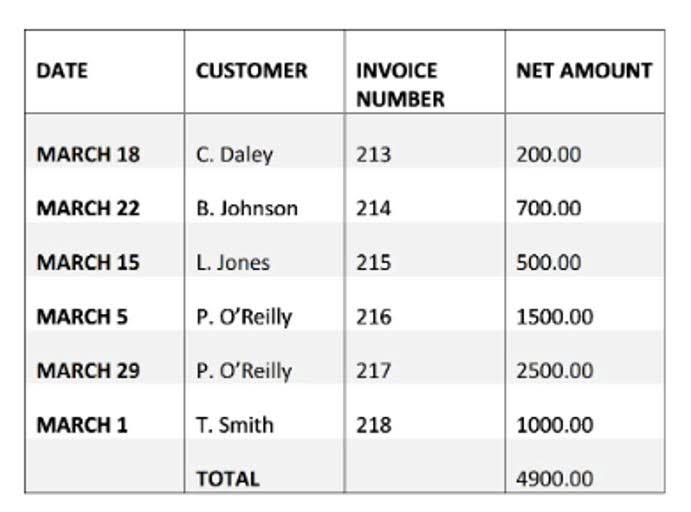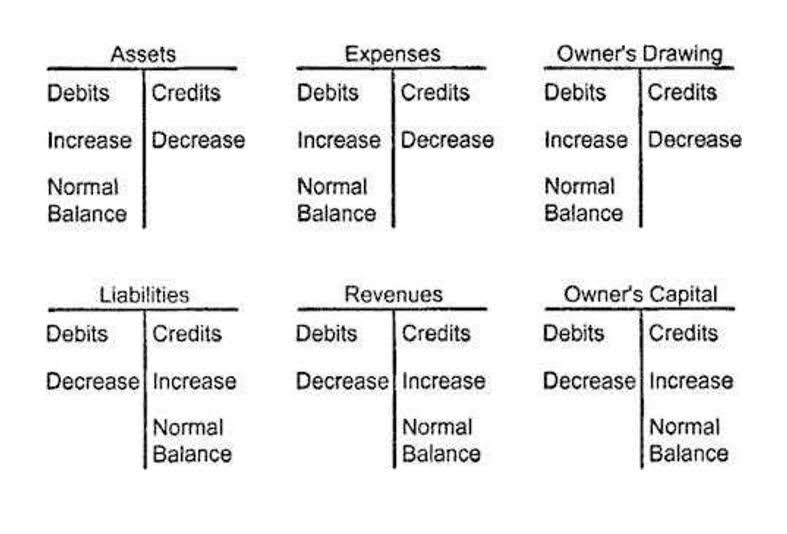
The creation of these constraints does not require formal action, although formal action to enact is not prohibited. Regardless of the action that gives rise to a classification of assigned fund balance, formal action is not required to reverse that classification. Again, an assignment does not require any formal action to initiate and will most commonly represent management’s intent of use for resources included within fund balance. One of the key aspects of these standards is the requirement for comprehensive annual financial reports (CAFRs).
Compliance Management System (CMS) – A Refresher
- Examples of the types of entities that may use fund accounting are artistic foundations, charities, churches, colleges and universities, governments, hospitals, nursing homes, and orphanages.
- For all but the general fund, the remaining amounts must be allocated to restricted, committed or assigned by reviewing the constraints placed on available resources and by applying the order of spending policy just discussed.
- For instance, if a government entity decides to reduce the quantity of goods ordered or negotiate a lower price, the initial encumbrance would be too high.
- It also aligns with the budgetary practices of most governmental entities, facilitating better financial planning and control.
- Each department or agency typically submits budget requests, which are reviewed and adjusted to align with overall priorities and available resources.
- Financial reporting for agency funds is a meticulous process that demands accuracy and transparency.
Bruce W. Chase () is a professor of accounting and director of the Governmental and Nonprofit Assistance Center at Radford University in Virginia. After the vendor accepts the purchase order and delivers the goods or services, the purchasing organization becomes liable to make the payment.
Key Principles in Accounting for Encumbrances under GASB (Governmental Accounting Standards Board)
Government accounting is concerned with systematic and scientific recording of government revenues and expenditures. It is the systematic process of collecting, recording, classifying, summarizing and interpreting the financial transactions relating to the revenues and expenditures of government offices. It reveals how public funds have been generated and utilized for the welfare of the general public. It Accounts Payable Management is concerned with keeping records of government revenues and their expenditure in different development and administrative works.

Examples of Entities Using Fund Accounting
The California State Government passed Proposition 64 to legalize cannabis use in the state. The state allocated this new taxable revenue to childcare, public safety, and research. Government accounting principles may vary for each state or specific entity but generally follow the following principles outlined by the GASB and FASAB. In contrast, a public entity wants no money left at the end of the accounting period—effective taxation. Shaun Conrad is a Certified Public Accountant and CPA exam expert with a passion for teaching. After almost a decade of experience in public accounting, he created MyAccountingCourse.com to help people learn accounting & finance, pass the CPA exam, and start their career.
Public Inquiries
This entry ensures that the funds are no longer available for other uses, reducing the risk of overspending and providing better control over the government’s budgetary resources. When a government entity issues a purchase order or signs a contract, it creates a future obligation to spend funds, even though the actual payment may not occur until the goods or services are delivered. To reflect this commitment in the accounting system, the government uses encumbrance accounting to reserve funds for the future expenditure.

It Figures Podcast: S2:E17 – Beers, Beets, Governmental Accounting
The operational efficiency of agency funds directly impacts the effectiveness of public services. For instance, timely distribution of collected taxes to local governments enables them to maintain essential services like public safety, education, and infrastructure. Delays or inaccuracies in these transfers can lead to budget shortfalls, disrupting the government accounting definition delivery of these critical services. Therefore, the role of agency funds extends beyond mere financial management; they are integral to the smooth functioning of public administration. Organizations use budgetary controls to minimize maverick spending and avoid overspending. It allows government entities, nonprofits, and some businesses to more effectively monitor and control how much they spend.

Sets standards for state and local governments and related entities in the United States. The government is expected to act in the best interests of the city, state, and country. When adjustments or cancellations to a purchase order occur, the original encumbrance must be reduced or eliminated. This involves debiting the Budgetary Fund Balance – Reserved for Encumbrances account (to release the reserved portion of the budget) and crediting the Encumbrances account (to reverse the commitment). Permanent funds maintain endowments where the principal remains intact, and only the earnings are used to support government programs. These funds underscore the government’s role in managing resources intended for long-term sustainability.

- Many state and local governments are experiencing revenue shortfalls and are facing difficult decisions in balancing their budgets.
- The Statement of Changes in Fiduciary Net Position shows all additions and deductions (different terminology than revenues and expenditures in governmental funds) to or from net position of the funds.
- Agency funds are unique in their function and structure, serving as custodial accounts where the government acts as an intermediary.
- The term “encumbrance” reflects the financial commitment to these future expenditures, ensuring that funds are set aside for specific purposes, even though the actual cash outflow has not yet occurred.
- However, when a portion of the budget is encumbered, it reduces the unassigned fund balance in the governmental fund’s financial reporting.
The other three fiduciary fund types are not new, as they were originally defined by GASB Statement No. 34. The effect of these and other differences on the amounts reported as GAAP fund balance and budgetary fund balance in the general fund should be clarified, understood, and documented. Encumbrance accounting primarily allows nonprofits and government organizations to record and monitor all future and planned expenses. Encumbrance accounting acts as a budgeting tool, resulting in more effective planning, allocating, and CARES Act controlling their budgets. Encumbrance entries are primarily recorded to monitor expenditures and to ensure that the allocated budget is not exceeded.
Homeowner Assistance Fund – What Tribes and Applicants Need to Know
The Capabilities score measures supplier product, go-to-market and business execution in the short-term. The Strategy score measures alignment of supplier strategies with customer requirements in a 3-5-year timeframe. Barbara is a financial writer for Tipalti and other successful B2B businesses, including SaaS and financial companies. When she’s not writing, Barbara likes to research public companies and play Pickleball, Texas Hold ‘em poker, bridge, and Mah Jongg. Use Wafeq – an accounting system to keep track of debits and credits, manage your inventory, payroll, and more. My Accounting Course is a world-class educational resource developed by experts to simplify accounting, finance, & investment analysis topics, so students and professionals can learn and propel their careers.














